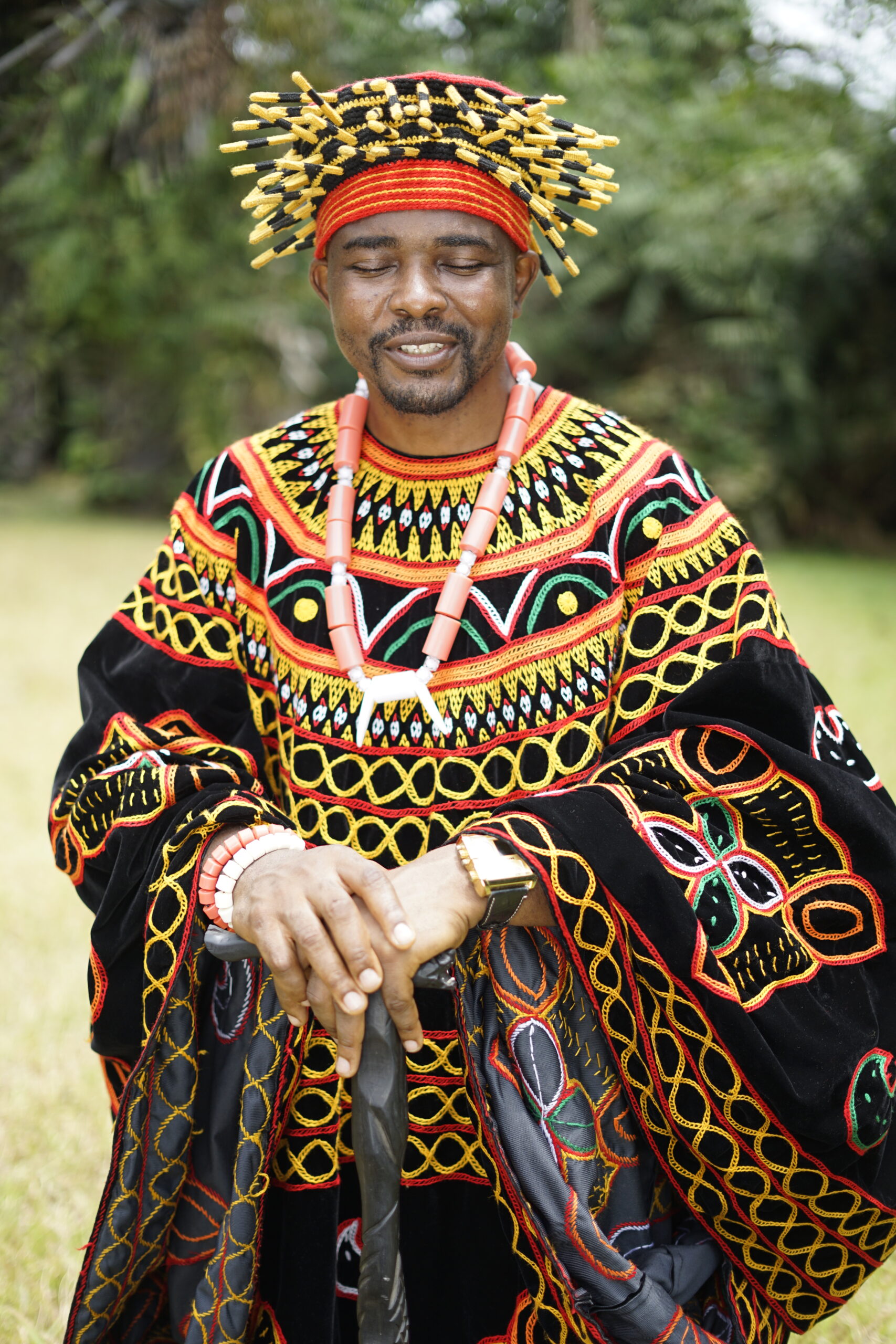
Nestled amidst the verdant landscapes of West Java, Indonesia, the city of Bogor stands as a vibrant tapestry woven from centuries of rich history, cultural confluence, and natural splendor. More than just a bustling urban center, Bogor possesses a profound sense of self, shaped by its past as an ancient kingdom, its transformation under colonial rule, and its unique climatic identity as the renowned ‘Rainy City.’ This enduring character is not merely a collection of static facts but a living, breathing memory, meticulously preserved and continuously revitalized by the very fabric of the city itself.
Indeed, the narrative of Bogor is one of resilience and continuity, where the echoes of ancient civilizations resonate alongside the grandeur of colonial-era architecture and the dynamism of modern Indonesian life. From the capital of the Sunda Kingdom to the summer residence of Dutch Governor-Generals and now a vital hub for Indonesia, Bogor’s story is an intricate mosaic. It is a testament to how places, much like people, accumulate experiences and evolve, yet retain a distinct identity that shapes their present and future.
This in-depth exploration invites us to uncover the multifaceted ways in which Bogor safeguards its vibrant past. Through its historical landmarks, cultural institutions, and even its natural phenomena, the city actively works to ensure that its profound legacy remains alive, accessible, and deeply embedded in the collective consciousness. Join us as we journey through the foundational pillars that uphold Bogor’s remarkable and unforgettable identity.
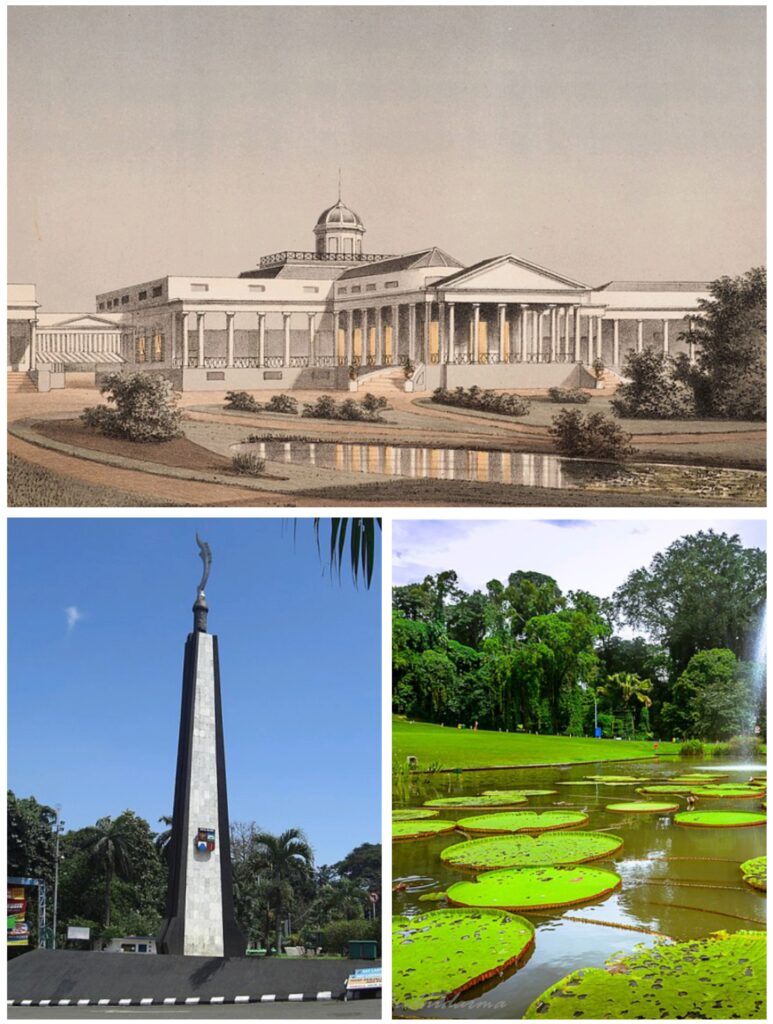
1. **Ancient Origins as Pakuan Pajajaran**Bogor’s story stretches back to the 5th century, when the area was part of Tarumanagara, one of the earliest states in Indonesian history. This ancient heritage laid the groundwork for what would become a significant urban center, establishing a lineage that predates many contemporary settlements in the region. It speaks to a deep historical root, giving Bogor a profound sense of place and historical continuity that informs its modern identity.
Following a series of engagements with the neighboring Srivijaya, Tarumanagara evolved into the Sunda Kingdom. In the year 669, a new capital was established between the Ciliwung and Cisadane rivers, a strategically chosen location that would come to define the area. This nascent city, named Pakuan Pajajaran, held a poignant meaning in old Sundanese: ‘a place between the parallel [rivers],’ directly referencing its geographical positioning.
Over subsequent centuries, Pakuan Pajajaran flourished, growing into one of medieval Indonesia’s largest cities, boasting a population that reached an impressive 48,000 residents. The chronicles of this influential period were meticulously documented in Sanskrit, utilizing the Pallava script on rock steles known as prasasti, serving as official and religious records. These artifacts, found in and around Bogor, are distinctive from other Indonesian prasasti in their shape and text style, making them primary attractions that narrate the city’s ancient past.
The capital experienced shifts between Pakuan and other cities within the kingdom before returning definitively to Pakuan on 3 June 1482. This date, marking the coronation of King Siliwangi (Sri Baduga Maharaja), has since been enshrined as an official city holiday in Bogor, celebrated annually since 1973. However, this golden age met a tragic end in 1579 when Pakuan was captured and largely destroyed by the army of the Sultanate of Banten, bringing the Sunda State to a close and leaving the city abandoned for decades, a poignant testament to the ebb and flow of historical power.
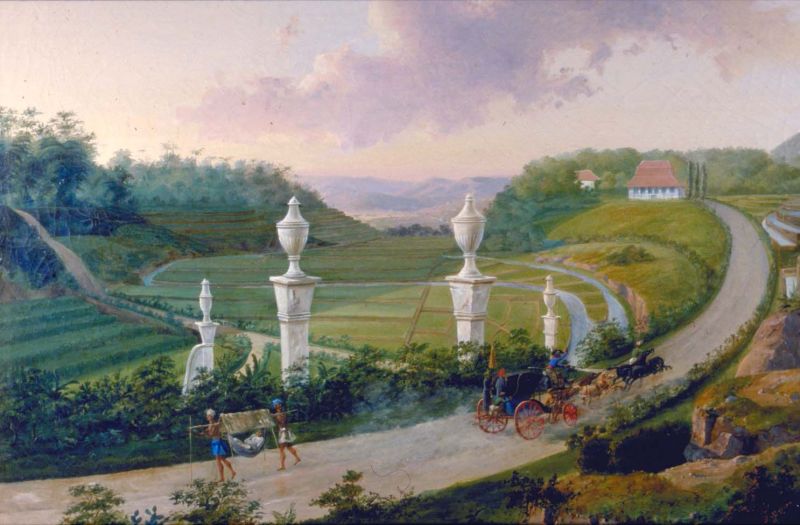
2. **Colonial Transformation as Buitenzorg**In the latter half of the 17th century, the abandoned Pakuan, along with much of West Java, gradually came under the influence of the Dutch East India Company (VOC), despite formally remaining under the Sultanate of Banten. This transition was formalized on 17 April 1684, through an agreement between the Crown Prince of Banten and the VOC, marking a pivotal shift in the region’s geopolitical landscape and ushering in a new era of European presence.
The initial colonial presence at Pakuan was a temporary camp established by Lieutenant Tanoejiwa in 1687, a Sundanese employee tasked by the VOC with developing the area. While this nascent settlement suffered significant damage from the eruption of Mount Salak in 1699, the resulting forest fires inadvertently cleared vast tracts of land. This clearing proved advantageous for the planned cultivation of rice and coffee, laying the foundation for agricultural expansion and the establishment of several new settlements, with Kampung Baru emerging as the largest.
Further development of the district occurred during the 1703 Dutch mission, led by Inspector General Abraham van Riebeeck, who would later become Governor of Dutch East Indies. Van Riebeeck’s expedition conducted a thorough study of Pakuan’s ruins, unearthing and documenting numerous archaeological artifacts, including the crucial prasasti. They also erected buildings for VOC employees, drawn by the area’s favorable geographical position and its mild climate, which was a welcome respite from the oppressive heat of Batavia, the administrative center at the time.
A defining moment arrived in 1746 when, by order of Governor-General Gustaaf Willem van Imhoff, the Palace, the adjacent Dutch settlement, and nine native settlements were consolidated into an administrative division named Buitenzorg. This Dutch name, meaning “beyond (or outside) concerns,” or simply “without worries” or “carefree,” reflected its intended purpose as a tranquil retreat. Around this same period, the local name ‘Bogor’ began to appear in official reports, specifically on 7 April 1752, referencing the area near the Palace. This name, believed to originate from the Javanese word ‘bogor’ for sugar palm or ‘bokor’ for a large metal bowl, eventually became the common local alternative for the entire city, with some suggesting it might even be a local misspelling of Buitenzorg itself. The city’s growth further accelerated during the brief British occupation from 1811-1815, when Stamford Raffles moved the administrative center from Batavia to Buitenzorg, introducing new, more efficient management techniques.

3. **The ‘Rainy City’ Nickname**Bogor is affectionately known as ‘Kota Hujan,’ or the ‘Rainy City,’ a moniker that perfectly encapsulates its distinctive tropical rainforest climate, categorized as Af under the Köppen climate classification. This characteristic rainfall pattern is a defining feature of the city, significantly influencing its environment, daily life, and the very perception of Bogor by its inhabitants and visitors. The frequent rain showers, even during what is nominally the dry season, contribute to a lush, verdant landscape that is central to Bogor’s aesthetic.
The city experiences a notably humid and rainy climate compared to many other areas of West Java. The average relative humidity hovers around 70%, creating a perpetually moist atmosphere that nurtures its abundant flora. Annual precipitation is substantial, averaging approximately 1700 mm across the city, yet reaching over 3500 mm in some localized areas, particularly those closer to the surrounding mountainous terrain. The heaviest rainfall typically occurs between December and February, although the nickname ‘Rainy City’ is earned by its consistent precipitation year-round, making rain a familiar companion.
Beyond the sheer volume of rain, Bogor also enjoys cooler temperatures than its coastal counterparts, such as Jakarta. The average maximum temperature in Bogor is a pleasant 25.9 °C, a stark contrast to Jakarta’s average of 32.2 °C. What is particularly noteworthy for an Indonesian city are the relatively high daily temperature fluctuations, often ranging between 9–10 °C. While the absolute maximum recorded temperature reached 38 °C, and the minimum dipped to 3 °C, these extremes are rare, with the general climate remaining mild and conducive to the vibrant ecosystem that thrives there. This unique climate not only provides a natural comfort but also shapes the city’s identity, making the ‘Rainy City’ more than just a name, but a fundamental aspect of its charm and character.
Read more about: Remember These? 14 Iconic Rides That Once Ruled the Roads But Now Just Feel… Different
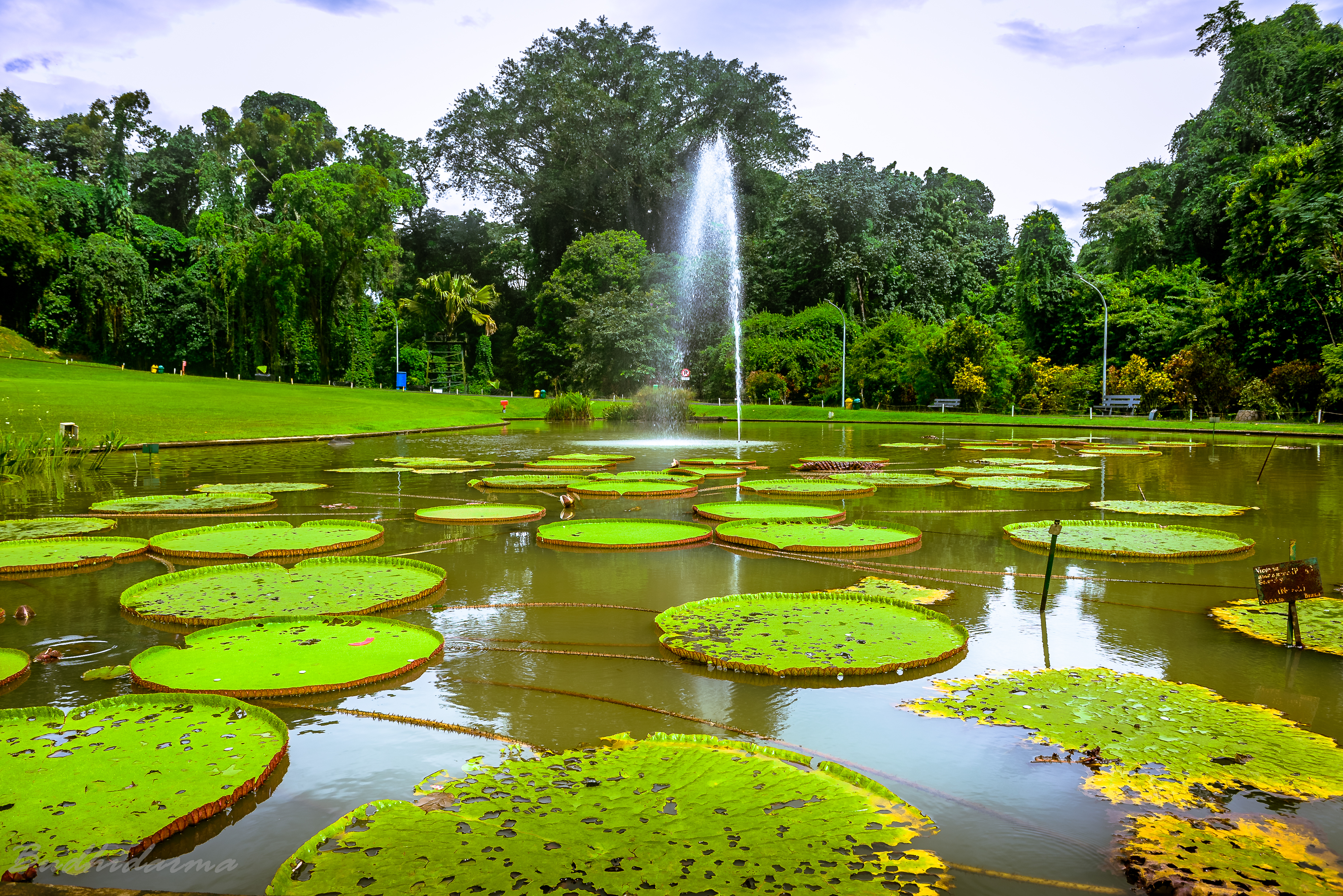
4. **Bogor Botanical Garden**Central to Bogor’s identity and a testament to its scientific and natural heritage is the Bogor Botanical Garden, or Kebun Raya Bogor. Established in 1817, it proudly stands as one of the oldest and largest botanical gardens globally, a living museum of tropical plant life that has captivated scientists and visitors for over two centuries. Its creation marked a significant moment in the study of botany, providing a unique site for research and conservation in the Dutch East Indies.
Within its expansive 87-hectare urban footprint, the garden hosts an astonishing diversity of flora, encompassing more than 6,000 species of tropical plants. This rich biodiversity extends to its avian inhabitants, with approximately 42 bird species known to breed within its boundaries, although records indicate a higher count of 62 species before 1952. The garden’s initial purpose was not only aesthetic but also scientific, aiming to collect and study plants from across the archipelago and beyond, contributing significantly to global botanical knowledge.
In 1866, the garden’s extensive collections were further augmented by a 120-hectare park in the suburban town of Cibodas, expanding its reach and the scope of its conservation efforts. Crucially, a substantial portion of the original rainforest within the garden’s grounds was meticulously preserved, providing invaluable specimens for scientific studies and serving as a vital ecological sanctuary. These preserved areas offer a window into the region’s pristine natural state, making them indispensable for ongoing research into tropical ecosystems.
Over the decades, the garden’s collections were enriched to include specialized sections dedicated to palms, bamboos, cacti, orchids, and a wide array of ornamental trees, each section meticulously curated to showcase the beauty and diversity of the plant kingdom. By the late 19th century, the Bogor Botanical Garden had achieved international renown, attracting naturalists from across the globe to conduct groundbreaking scientific research. Its reputation was such that the Russian St. Petersburg Academy of Sciences even offered a ‘Buitenzorg scholarship’ for young scientists, specifically designed to facilitate their work at this prestigious institution, underscoring its pivotal role in international scientific collaboration.
5. **Presidential Palace**Another cornerstone of Bogor’s historical and cultural landscape is its distinguished Presidential Palace, a site that seamlessly blends historical grandeur with modern national significance. This magnificent edifice, which once served as the official summer residence for the Governor-General of the Dutch East Indies, has been thoughtfully transformed to fulfill a similar, yet even more elevated role: it now stands as the summer palace of the President of Indonesia.
The palace complex is truly expansive, covering a total area of 28 hectares, with the palace buildings themselves occupying 1.8492 hectares. This impressive scale provides ample space for both formal state functions and a serene natural environment. Surrounding the palace is a meticulously maintained park, featuring a tranquil small pond, which contributes to the site’s peaceful and majestic atmosphere. The architectural style reflects its colonial origins, yet it has been imbued with an Indonesian spirit through its subsequent use and national significance.
Adding to the palace’s charm is a thriving herd of tame deer that roam freely within the park grounds. These gentle creatures have become an iconic sight, captivating visitors and adding a touch of natural beauty to the historical setting. The park, a verdant oasis in the heart of the city, is largely open to the public for much of the year, allowing both residents and tourists to enjoy its serene pathways and picturesque vistas.
While the palace interior typically remains reserved for official use, it becomes accessible to the public on special occasions, such as City Day and Independence Day. These rare opportunities allow visitors to delve deeper into its rich history and admire its impressive art collection, which includes 450 paintings and 360 sculptures. These artworks not only enhance the palace’s aesthetic appeal but also serve as tangible links to the diverse artistic and historical periods that have shaped Indonesia, truly making the Presidential Palace a custodian of national memory and artistic heritage.
Read more about: Adele’s Incredible Journey: Tracing Her Evolution From Rising Star to Unstoppable Icon After a Major Career Shift
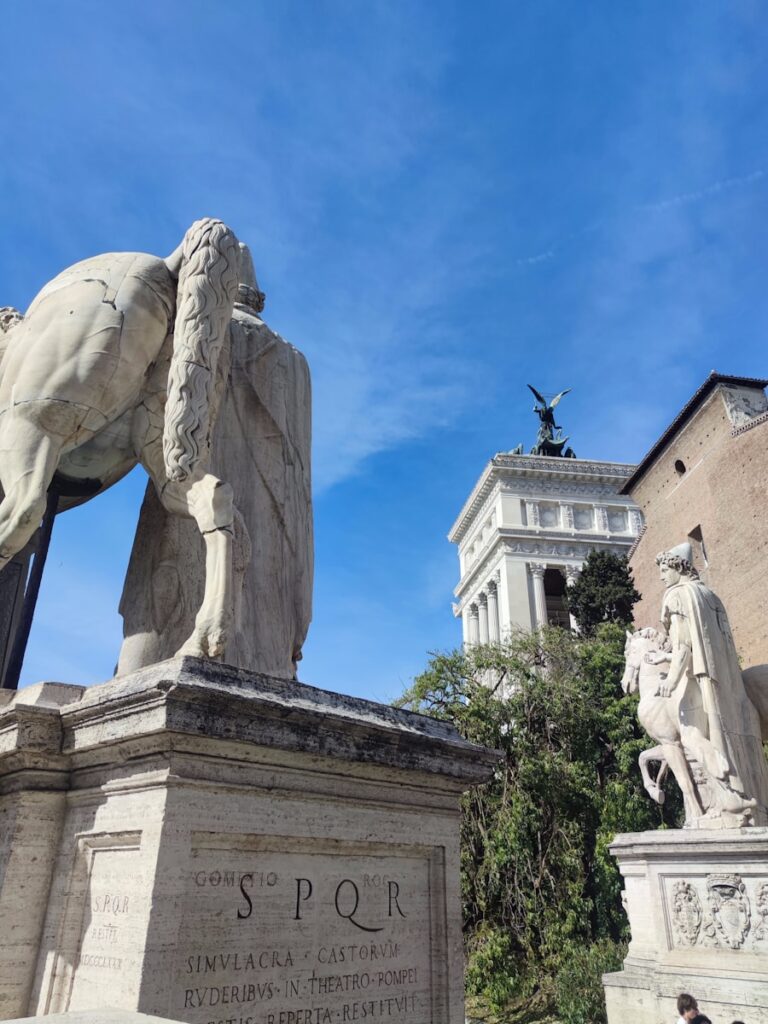
6. **Rich Archaeological Heritage (Prasasti)**Bogor’s deep historical roots are vividly etched in its archaeological heritage, particularly through its collection of medieval stone stelae, known as prasasti. These ancient inscriptions serve as invaluable windows into the Sundanese kingdom, which held its capital in Bogor during the Middle Ages. They are not merely old stones; they are profound historical documents, offering direct insights into the political, social, and religious life of the region centuries ago.
The city and its surrounding areas are dotted with dozens of these medieval stone stelae, each telling a piece of Bogor’s extensive narrative. Among these, fifteen inscriptions of exceptional historical and cultural significance have been carefully gathered and preserved in a specialized museum, making them accessible for study and appreciation. This collection is a national treasure, highlighting the enduring legacy of the Sundanese people and their complex history.
Foremost among these artifacts is the Batutulis inscription, dated 1533, a particularly renowned example that commemorates the great King of Sunda, Sri Baduga Maharaja, who reigned from 1482 to 1521. This inscription not only provides concrete historical dates and names but also offers glimpses into the royal lineage and the significant events of his rule, firmly anchoring the city’s identity to its noble past. Its presence is a direct link to the foundational figures of the Sunda Kingdom, embodying their enduring spirit.
What makes Bogor’s prasasti particularly distinctive is their unique shape and text style, which set them apart from other Indonesian inscriptions. This singularity underscores the particular cultural and artistic traditions of the Sundanese kingdom. These archaeological treasures serve as tangible reminders of Bogor’s status as a capital of a powerful medieval kingdom, ensuring that the ancient glories of Pakuan Pajajaran continue to resonate within the modern city, actively contributing to its historical memory and cultural pride.
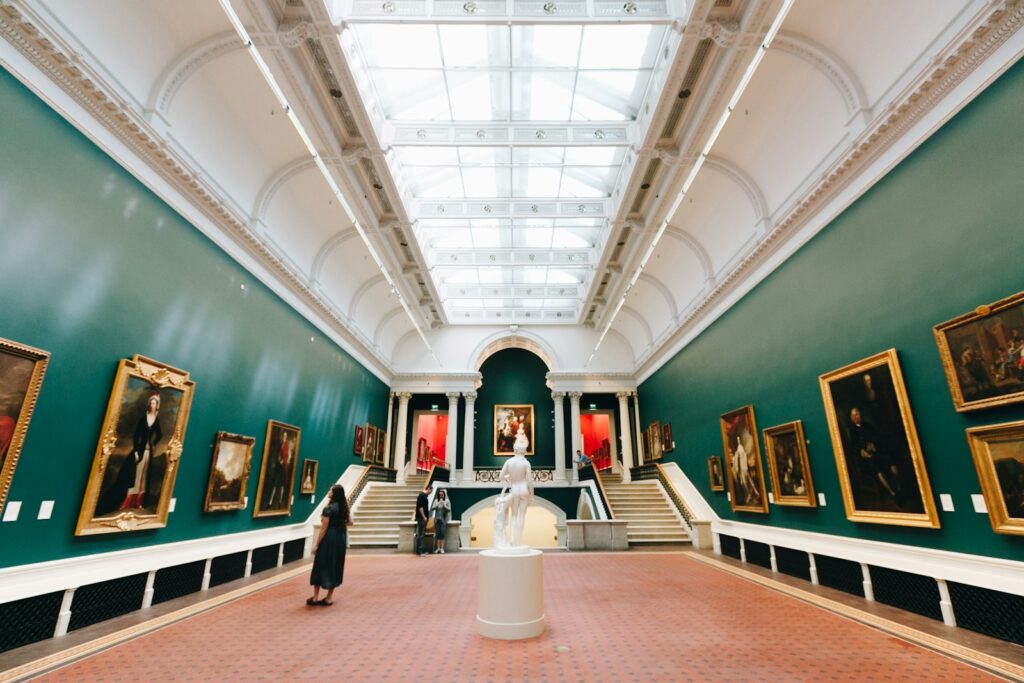
7. **Museums as Memory Keepers**Bogor stands out as one of Indonesia’s leading cities in terms of its impressive number of museums, many of which rank among the oldest and largest in the nation. These institutions are not merely repositories of artifacts; they are active custodians of collective memory, diligently collecting, preserving, and interpreting the rich historical, cultural, and natural heritage of the region. They play a critical role in educating both residents and visitors about the multifaceted narrative of Bogor and wider Indonesia.
Among the earliest and most significant is the Zoological Museum, established in 1894 by the Dutch colonial administration as an integral adjunct to the famous Bogor Botanic Gardens. This museum houses thousands of exhibits, offering a comprehensive look at the diverse fauna of Indonesia. Its long history of research and public education has made it a foundational institution for understanding the country’s biodiversity, contributing significantly to scientific and public knowledge over more than a century.
While the Zoological Museum represents Bogor’s deep scientific heritage, more recent institutions expand the scope of memory-keeping. The Museum of Ethnobotany, opened in 1982, showcases over 2,000 exhibits, delving into the intricate relationship between people and plants, particularly focusing on indigenous knowledge and traditional uses of flora. Similarly, the Museum of the Earth, established in 1988, provides a fascinating geological perspective, displaying hundreds of soil and rock samples collected from various parts of Indonesia, illustrating the very foundation upon which the archipelago stands.
Further enriching Bogor’s museum landscape are institutions dedicated to the nation’s struggle for independence and its military history. The Museum of the Struggle, founded in 1957, vividly narrates the story of the Indonesian national liberation movement, commemorating the sacrifices and triumphs of a pivotal era. Complementing this, the Pembela Tanah Air Museum, opened in 1996, focuses specifically on the history of the Indonesian military militia PETA (‘Defenders of the Motherland’), which was formed during World War II under Japanese occupation. Together, these museums offer a comprehensive and layered understanding of Bogor’s past, ensuring its diverse stories are never forgotten and continue to inspire new generations.
Read more about: Where Did They Go? 14 Incredible Vintage Relics That Lost Their Spot In Our Modern Lives!

8. **Sundanese Cultural Heartbeat**Bogor’s essence resonates with Sundanese culture, vibrant in daily life and artistic expressions. Predominantly Sundanese, this identity is a living force, tangibly connecting to West Java’s indigenous people. This cultural continuity ensures ancient Pakuan Pajajaran merges with modern urban living.
The linguistic landscape reveals cultural distinctiveness. Residents speak a unique Bogor Sundanese dialect, notably omitting formal ‘undak-usuk’ speech levels. This directness fosters warmth in interactions, emblematic of local character, and weaves Sundanese heritage into the city’s social fabric.
Beyond language, Bogor’s traditional arts offer a captivating soul. ‘Parebut Seeng,’ a martial arts performance, poetically expresses marriage proposals. ‘Angklung Gubrag,’ a bamboo musical instrument, features in agricultural rituals honoring Dewi Sri. These vital practices connect the community to ancestral roots, ensuring Sunda’s legacy endures.
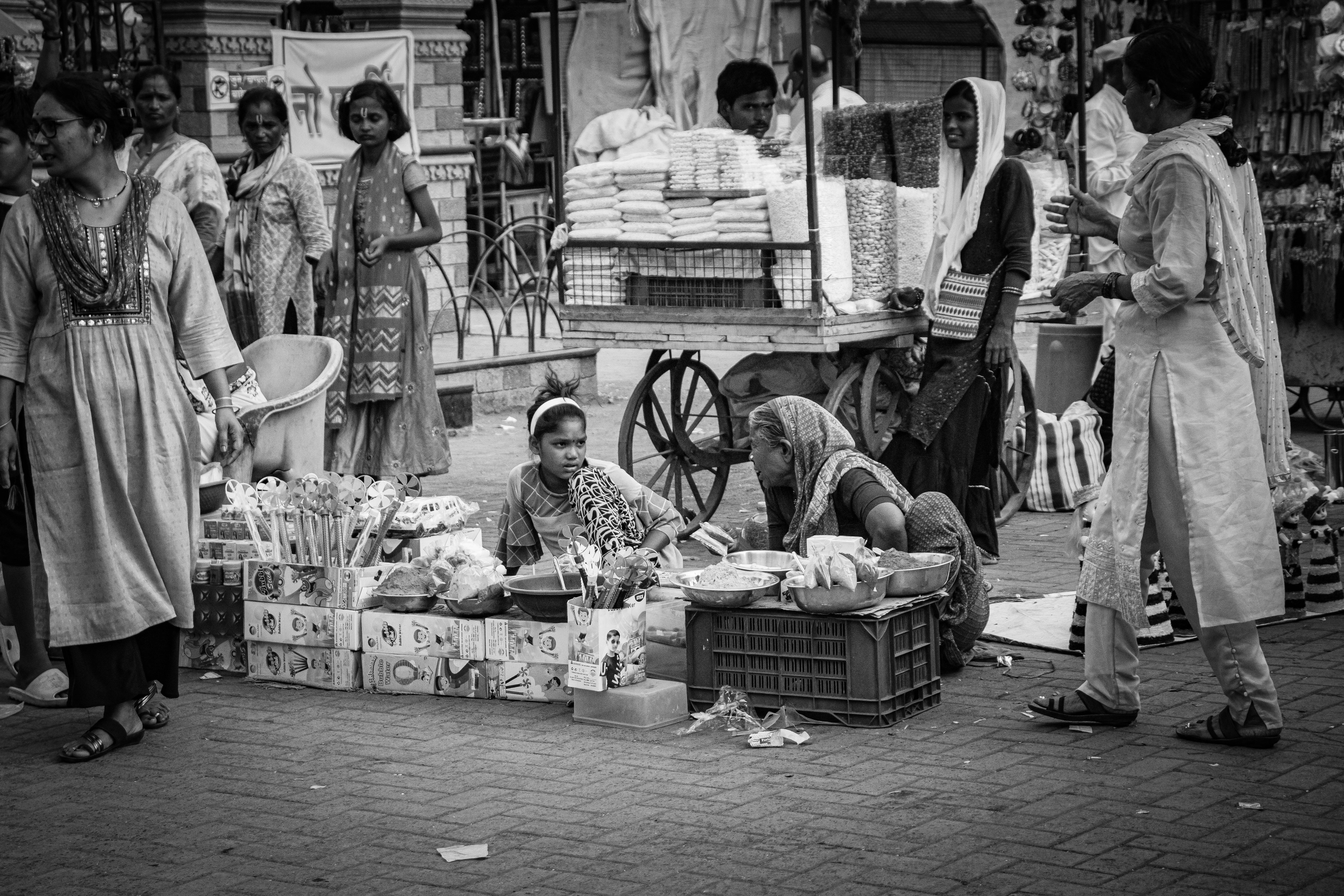
9. **A Culinary Journey through Bogor’s Flavors**Bogor’s identity entwines with unique culinary traditions, a vibrant fusion telling stories of history and local bounty. Its kitchens craft comforting and exhilarating dishes, reflecting a gastronomic heritage. Eating in Bogor is a cultural exploration of indigenous ingredients and generational methods, a haven for authentic Indonesian tastes.
‘Soto mie bogor’ is a quintessential taste: a hearty soup featuring noodles, vermicelli, cabbage, tomatoes, beef tendons, and tripe. Served in a rich broth, enhanced with sweet soy sauce, fried onions, and chili, this masterpiece warms the soul, exemplifying Bogor’s street food flavors.
Beyond savory soto mie, Bogor delights with refreshing ‘asinan,’ a testament to Indonesia’s diverse pickle traditions. This preserved vegetable or fruit salad offers a tantalizing blend of sweet, sour, and spicy notes. Local favorites like ‘Toge Goreng’ and ‘Rujak’ transform fresh ingredients into unforgettable experiences.
The city boasts vibrant culinary centers. One is near the Bogor City Square, a park inaugurated in December 2021, fostering social and cultural activities. Suryakencana Street, a historic Chinatown area, is another iconic spot. Here, ancient buildings and Chinese residences line a commercial and culinary hotspot, where history’s aroma mingles with traditional cooking.
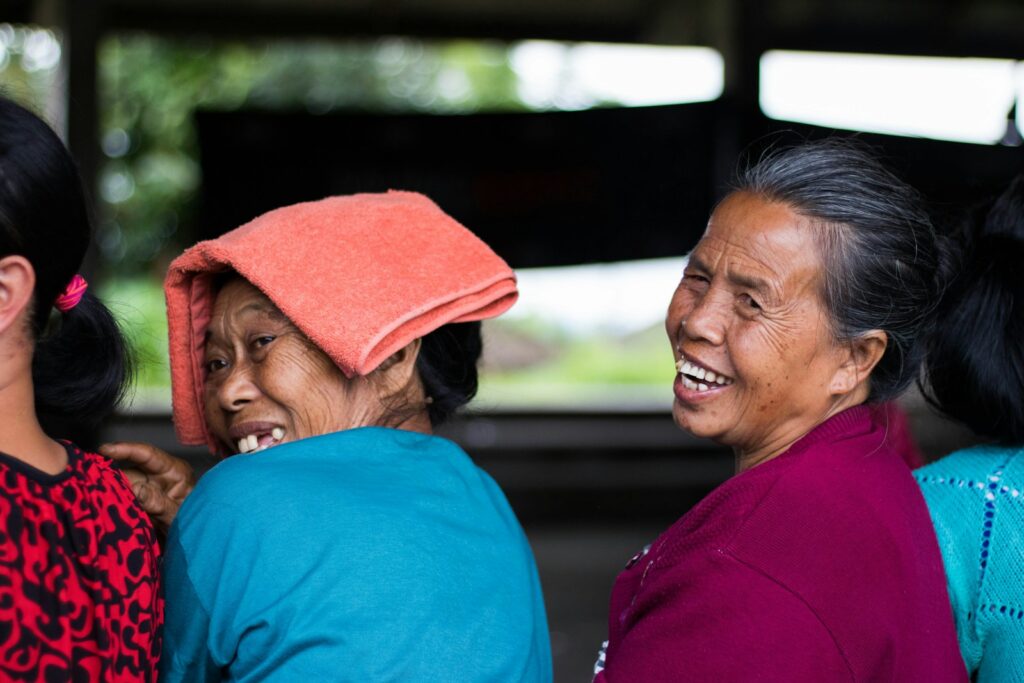
10. **The Pulse of Local Media: Bogor’s Voices**Bogor’s local media critically sustains the city’s unique spirit, acting as a collective memory keeper and vital communication channel. These outlets reflect local concerns, triumphs, and daily life, ensuring Bogor-specific narratives endure. Its media ecosystem fosters community engagement and preserves cultural identity.
The print sector remains robust with three daily Indonesian-language newspapers: *Radar Bogor* (1998), *Pakuan Raya* (2005), and *Jurnal Bogor* (2008). Printing around 25,000 copies daily, they also offer electronic versions. Local offices contribute to Sundanese and national newspaper dissemination, highlighting regional interconnectedness and indigenous language support.
Beyond daily news, Bogor’s intellectual life benefits from various magazines and scientific publications from local universities. These delve into research, cultural analyses, and local issues, providing comprehensive understanding of the city’s developments. They serve as platforms for scholarly discourse and archives of contemporary thought.
The airwaves are alive with Bogor’s voice. Two municipal TV channels, Bogor TV and Megaswara TV, broadcast on UHF channel 25. The city also hosts at least 30 local radio stations—20 on FM and 10 on AM. These provide a constant stream of information, entertainment, and local conversation, keeping residents connected and informed.
Today, local universities sustain this legacy, driving education and research. Their collective presence enriches Bogor’s intellectual environment, producing scholarly works and fostering critical discourse. These institutions position the city as an “important center of economy, science, cultural heritage and tourism,” feeding innovation and training skilled professionals.
Beyond formal education, the city’s commitment to learning is evident in its diverse cultural infrastructure. University scientific publications and local magazines contribute to a broader intellectual ecosystem, disseminating knowledge. This integrated approach firmly establishes Bogor as a dynamic hub where knowledge is actively generated and shared.
Beyond historical sites, Bogor offers a lively modern experience. It features a drama theater, movie theaters (nine meeting international standards), and a calendar full of art exhibitions, folk art festivals, and cultural seminars. The city caters to contemporary tastes with a variety of shopping malls. The UNCAL bus service further enhances accessibility, ensuring Bogor’s diverse offerings are easily explored, making it a truly premier destination.
As we conclude this intricate journey through Bogor’s enduring identity, it becomes clear that this city is far more than a collection of historical facts or geographical features. It is a living, breathing entity, constantly evolving yet firmly rooted in its profound past. From the ancient echoes of Pakuan Pajajaran to the vibrant pulse of its modern economy, from the soothing sounds of Sundanese melodies to the bustling energy of its culinary streets, Bogor demonstrates an unparalleled capacity to preserve and celebrate its unique character. Its institutions, its people, and its natural splendor all contribute to a collective memory that is rich, dynamic, and unforgettable. Bogor truly stands as a testament to how a city can harmoniously blend its heritage with its future, ensuring its spirit remains alive and captivating for generations to come.



